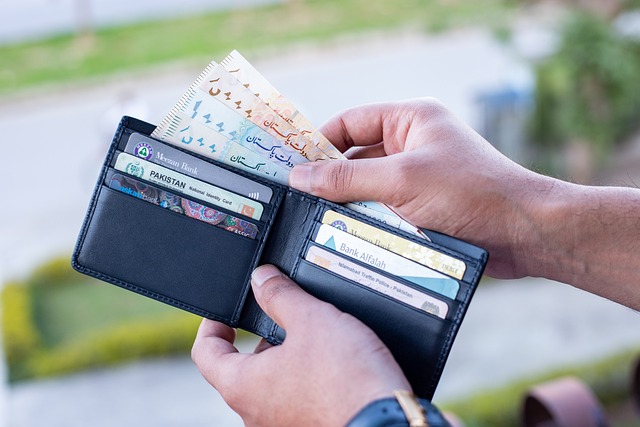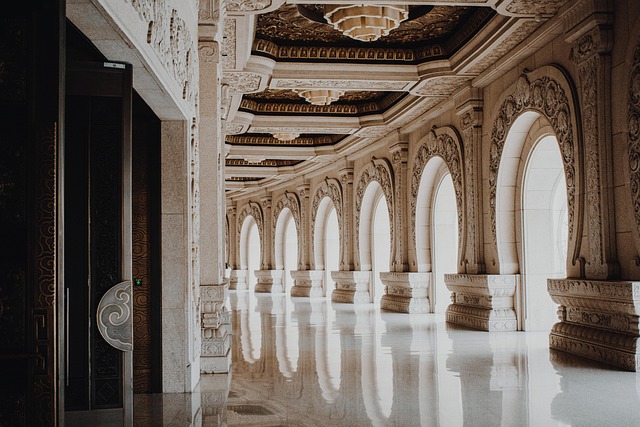When a photographer’s budget is tight, the most practical way to expand creative possibilities is to explore the world of used lenses. A used lens can provide the same optical performance as a new one, often at a fraction of the price, allowing a practitioner to experiment with focal lengths, apertures, and specialty optics without breaking the bank. This article will walk through why used lenses are a cornerstone for budget photography, how to choose wisely, and how to care for them so they continue to deliver superb results.
Why a Used Lens is a Game‑Changer
New lenses are designed to showcase a manufacturer’s best work, but they also carry a premium price tag that many hobbyists and emerging professionals cannot afford. In contrast, a used lens retains the same glass quality, coatings, and mechanical build, yet the cost is often 30% to 70% lower. The savings can be redirected to other gear—tripods, lighting, or even a higher‑end camera body—providing a balanced system.
Beyond cost, used lenses often come from well‑maintained photographic equipment. Many photographers upgrade their gear regularly, and their lenses are left in pristine condition. This means you can acquire a high‑end optical system without the new‑lens “break‑in” period. For many, the combination of affordability, quality, and ready availability makes a used lens the most efficient upgrade path.
Types of Used Lenses That Offer the Most Value
Not all lenses are created equal when it comes to resale value. Certain focal lengths and apertures tend to maintain popularity, ensuring that a used version will hold its price over time.
- Prime lenses with wide apertures (f/1.4–f/2.8) – These lenses are prized for low‑light performance and shallow depth of field, making them staples for portrait, street, and event photography.
- Standard zooms (24–70mm or 35–70mm) – A versatile focal range that covers many everyday shooting scenarios, offering flexibility for both beginners and seasoned photographers.
- Macro lenses (50–100mm) – Ideal for product, nature, and detail work, macro lenses are a niche that many used lens resellers carry in good condition.
- Telephoto lenses (70–200mm or 100–400mm) – For wildlife, sports, or portrait work where distance matters, a used telephoto can be a dramatic cost saver.
How to Evaluate a Used Lens Before Buying
Choosing the right used lens requires a combination of technical knowledge and practical inspection. Follow these steps to reduce risk and ensure a worthwhile purchase.
- Check the seller’s reputation – Look for established marketplaces, local photography groups, or trusted individuals. Reputation reduces the likelihood of counterfeit or damaged glass.
- Inspect the glass condition – Inspect the front and rear elements for scratches, clouding, or fungus. Even minor imperfections can affect image quality.
- Test the autofocus and aperture rings – Move the focus ring to confirm smooth operation, and verify that the aperture rings (or electronic controls) stop accurately at the advertised f‑stops.
- Look for build quality issues – Check for bent barrels, loose mounts, or warped mounts that could compromise sensor protection.
- Confirm firmware compatibility – For modern mirrorless lenses, ensure that the firmware version works with your camera body. Some older lenses require specific firmware updates to function correctly.
Common Signs a Used Lens is Still in Top Shape
A few quick visual cues can help you spot a quality lens at a glance.
• A clean, dust‑free glass surface.
• No signs of liquid damage—no streaks or spots.
• Smooth, consistent focus ring movement.
• The lens mount appears straight and free of cracks.
• The aperture stops click reliably, indicating proper calibration.
Where to Find Quality Used Lenses
While the internet offers many listings, the best approach for most photographers is a mix of local and online sources.
- Local camera shops – Many shops accept used gear, offering a chance to inspect physically before buying.
- Photography clubs and meetups – Community members often trade or sell lenses at a fair price.
- Online auction sites – Trusted platforms provide buyer protection, but always verify condition reports.
- Manufacturer certified refurbishers – Some brands sell refurbished lenses that come with a warranty, though the price gap between new and refurbished is often smaller.
Case Study: A 35mm f/1.4 from the 1990s
One photographer saved over $400 by purchasing a used 35mm f/1.4 from a local shop. The lens had a minor chip on the rear element that was easily removed with a polishing kit. After a simple cleaning, the lens produced sharp images with beautiful bokeh, proving that a well‑maintained vintage lens can compete with modern glass.
Maintaining Your Used Lens
Even the best used lens requires routine care to keep it performing at its best. Regular cleaning and proper storage are key.
- Clean the lens barrel with a microfiber cloth and, if necessary, a mild lens cleaner. Avoid touching the glass with your fingers.
- Store lenses in a dry, dust‑free environment, preferably in a lens case with a sealable pocket for filter cleaning wipes.
- Check for mold or fungus every few months, especially if the lens has been in a humid environment. If you spot any growth, consult a professional.
- Before a long trip, run a quick autofocus test on the lens to ensure smooth operation.
When to Replace a Used Lens
Sometimes the cost of repairing or cleaning a used lens can exceed the cost of a new one. Keep an eye out for:
- Severe scratches on the glass that cannot be removed.
- Persistent autofocus failure that cannot be resolved by cleaning or firmware updates.
- Warped or broken mounts that compromise safety.
- Fungus that has spread through the lens coating or internal components.
Integrating a Used Lens into Your Workflow
Once you have a used lens, you can immediately incorporate it into your shooting routine. Consider the following to get the most out of it.
- Experiment with different shooting modes to understand how the lens behaves at various apertures and focal lengths.
- Test in low‑light environments to gauge performance and verify that image noise is within acceptable limits.
- Use the lens for specific projects that match its strengths—such as portraiture for a fast prime or landscape work for a standard zoom.
- Document the lens’s performance in your notes or a photography journal for future reference.
Benefits of a Diverse Lens Collection
Even on a limited budget, a small but well‑chosen set of used lenses can open up a wide range of creative possibilities. With a fast prime for low‑light, a versatile zoom for everyday shooting, and a macro lens for detail work, you can cover most photographic genres without spending a fortune.
Final Thoughts
Used lenses are an invaluable resource for anyone looking to maximize photographic power without exceeding budget constraints. By understanding how to evaluate, purchase, and maintain them, you can unlock performance that rivals new equipment while preserving capital for other essential gear. The next time you’re eyeing a new lens, pause and explore the used market—you might find a gem that meets your creative needs and your wallet’s expectations simultaneously.




